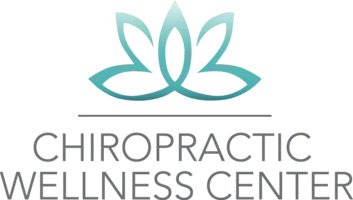Through our teens and twenties, we are relatively healthy. Our bodies are strong and flexible and we can survive on little sleep. We also, however, learn behaviors that can affect our health in the future.
- Text Neck: staring down at electronic devices causes neck and back pain as well as poor posture over time
- Sports: As our bodies age, it becomes harder to bounce back from sports related injuries
- Healthy lifestyle: Instead of going to your primary for over the counter help with pain, a chiropractor can help you find the root of your issue and encourage you on a path of wellness, allowing your body to do the healing itself.
The 30's and 40's often bring with them an awareness that your body is growing older. Pain is more common and muscle weakness is real. Chiropractic care not only helps alleviate pain, but also encourages flexibility and mobility. When your body feels good, it's a lot easier and more enjoyable to exercise, which is so important during these years. The older we get, the more stressful and repetitive our lives become. Some of us sit at desks or behind a wheel for eight hours a day and others strain their bodies with manual labor. The reality is that our bodies experience more stress as we age.
Chiropractic can help with: Stress, Back Pain, Carpal Tunnel Syndrome, Neck Pain, Joint Pain, Muscle Pain, Headaches, Infertility, Anxiety, Depression, Fibromyalgia, Sciatica, Irritable Bowel Syndrome and more...

